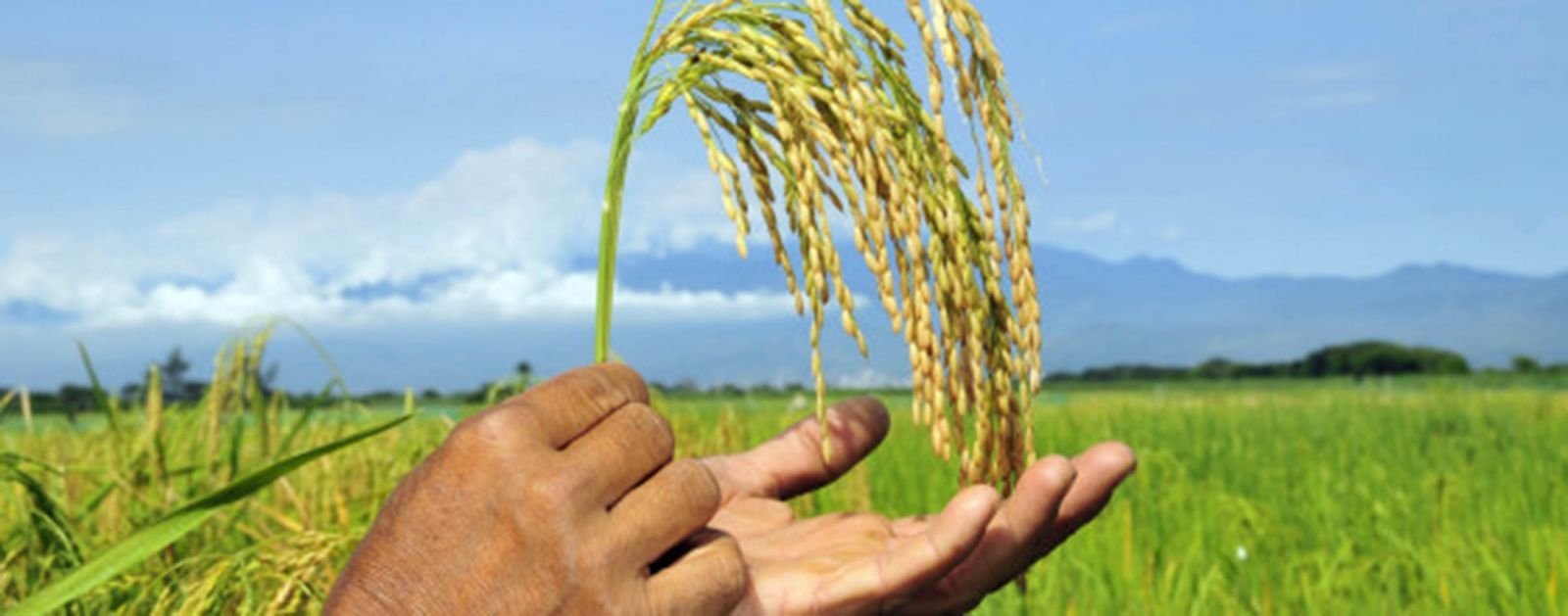
FORTIFICATION is not a new term for most of the people but bio-fortification is new strands in this emerging world of hungry people that are dying with unavailability of nutrient enrich foods in their diet. Malnutrition is a global health problem especially in African and South East Asian countries.
According to FAO more than 925 million people are living under nutrition in world. This include major portion of children and women. It is estimated that 0.6 and 0.08 million people were died due to protein-energy malnutrition, iodine and iron deficiencies respectively in the world till 2010.
Basically malnutrition is of three types. First is the “Under-nutrition” which mean food is inadequate or less absorption or more loss of nutrient that cause thinness and shortness and more vulnerable to disease. The second type is “Micro-nutrition malnutrition” which is an unavailability of some mineral and vitamins that are require in small amounts and their deficiencies cause serious complications. Third type of malnutrition is “Protein energy malnutrition (PEM)” which means intake of food deficit in protein leading to stunted growth such as kwashiorkor (a disease in children). Worldwide 1 child out of 4 children is suffering from this condition particularly in Asia and Africa.
Iron deficiency affects the 2 million people around the world by causing anemia. All life stages are susceptible to it but during pregnancy it occur mostly. Zinc play a vital role in growth and development because many enzyme use it as cofactor. Due to zinc deficiency 25%of the people putt their life on risk. Diet and geographical region cause variation in the availability of dietary zinc. Intake of food deficient in vitamin A is the major cause of blindness and having effect on immune system that may enhance the infection. It is estimated that more than 4.5 million children become blind out of 140 million deficit children. Vegetables produce a natural product called beta-carotene that is the precursor of vitamin A in human body.
Under nutrition can be long term or short term, it depends upon the access to the adequate food due to physical or economical hurdles. Long term causes Poverty, instable government, no access to health and education services.
There are following five possible ways to tackle malnutrition
1. Ready to use food: to treat severe malnutrition only the nutrient enriched foods can be used i.e. (e.g. peanut-based “Plumpy‟nut®”)
2. Through pharmaceutical supplementation i.e. calcium containing tablet and iron captaining syrup.
3. Food nutrition can be enhanced by adding minerals and vitamins during food processing e.g. fortified flour.
4. Variety of foods in diet made also increase nutrition (diet diversification).
5. Nutrition value can be increased by breeding food crops (bio-fortification)
Implementation of short term measure is quick and very much effective but it require infrastructure and well established laboratories that defiantly needs a huge investment. On the other hand long term measures take more time to implement but having more potential. Balance diet can be achieved through diverse diet but bio-fortification is better where availability and affordability is difficult.
Biofortification a cheap solution to eliminate malnutrition and provide relieve to the 40% world population that totally depend upon staple food. It made the crops nutrient rich that become easily available not only to farming community but also to common people. An easy approach to provide nutrient enrich food at the door step of common man. Conventional breeding and transgenic both approaches have been use to enhance vitamins and minerals simultaneously. Crop nutrition enhancement without decline in agricultural crops productivity through plant breeding which needs big investment in the start of the project but in the end product case it just becomes priceless.
In 2004, a program was launched by the Consultative Group on International Agricultural Research (CGIAR) known as HarvestPlus which aimed at the increment of three micronutrient vitamin A, iron, and zinc in seven staple crops such as beans, maize, rice, cassava, sweet potatoes, wheat and pearl millet. Nutrition status among the women and children is improved with biofortified crops in control conditions. Under this program some biofortied crop are released give below in targeted countries (African and Southeast Asian). Vitamin A rich sweet potato has been released in Uganda and Mozambique. Cassava with more quantity of vitamin A is available to people of Nigeria and Congo from 2011. Bean enrich with iron have been released in Rwanda and Congo since 2012. Maize high in vitamin A in Zambia and pearl millet rich in iron and zinc have been released in India in 2012. In 2013 Rice having more level of zinc present in Bangladesh and also available for consumer in India.
In Pakistan, work on zinc enrichment in wheat is going on according to schedule by HarvestPlus. Some pronounced results of bio-fortification are Golden Rice rich in Vitamin A, sweet potato with beta carotene and protein enrich maize.
Since, bio-fortification is the efficient and cost effective method to reduce malnutrition from the developing countries such as Pakistan. Breeders and researcher must be aware with target crops to be biofortified and mineral availability. Joint efforts and collaborative work by breeders, researcher and extension worker must be done to fight malnutrition through bio-fortification. Food biofortification can contribute to a significant improvement in the nutritional well-being of the worlds poor.